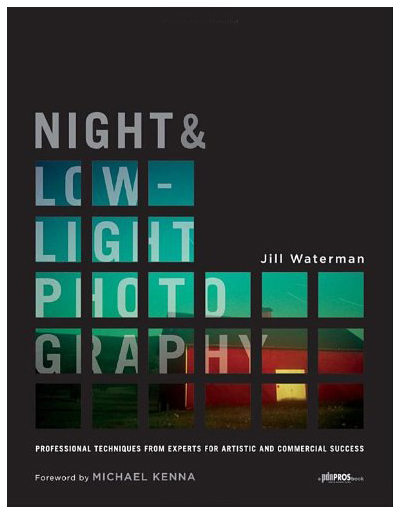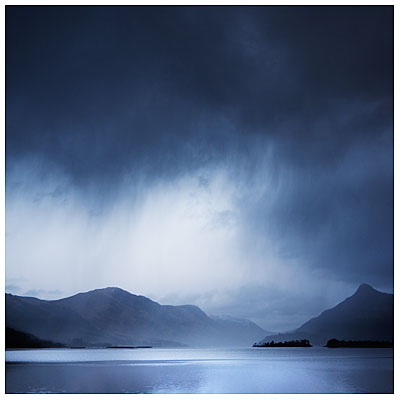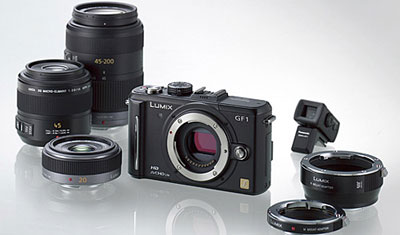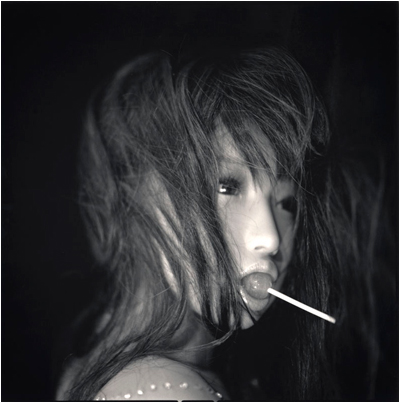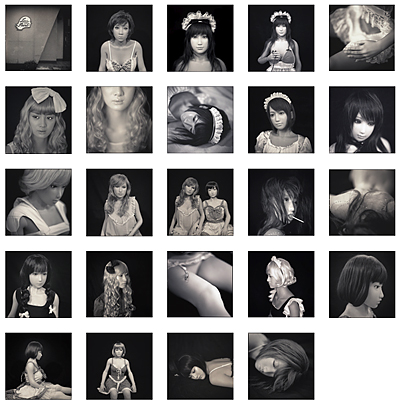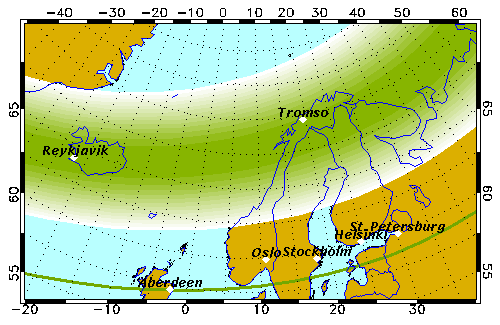One of the books I bought recently from Neil at Beyond Words is all about shooting at night. I'm predominantly a low-light shooter, and I do sometimes get towards the edge of darkness, but never really fully in it. So when I was looking on his store last month, and itching to buy some new books (a hole was burning in my pocket), I chanced upon this title and thought it might help me get out there and start to shoot the other side of the day that most of us don't bother with.
In Jill's book, she not only provides some reciprocity charts for popular films, but also goes well beyond the chart that I own for Fuji Velvia 50 RVP to show you what exposure times you need to get you into the minutes and hours territory of night shooting with that film (and others such as Tri X, T-Max, and some tungsten balanced films too).
Unsurprisingly, the forward to the book is written by Michael Kenna, who is perhaps the champion of night shooting, often making his surreal images from 8 hour exposures.
I've enjoyed reading Jill's book. It's very accomplished, makes you want to get out there and try stuff with your camera at night, has lots of tips and suggestions, and also has chapters by many of the photographers featured on the Nocturnes web site, which is highly recommended, just to give you the taste for night shooting alone.
So this book is a bit of a mixture of nice reading, without being too fast into the technical, has examples, some study cases by numerous photographers and every now and then, gets into the nitty gritty of how to do it - with a digital camera, film camera, large format camera, etc.
I highly recommend it, and as usual, if you'd like a copy of this book, then I do believe that Neil from Beyond Words can get you a copy or you can order it from him here*.
*Please note that I do not make any money from my recommendations to Beyond Words. I simply believe in supporting a good photographic book shop, despite the fact that I've spent a small fortune lately on some rather lovely books!

